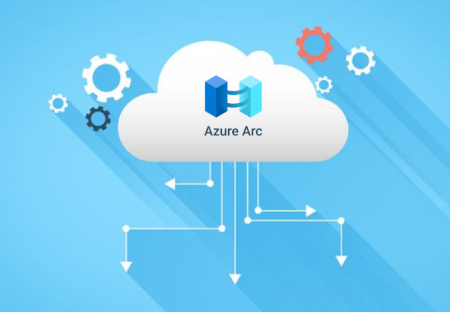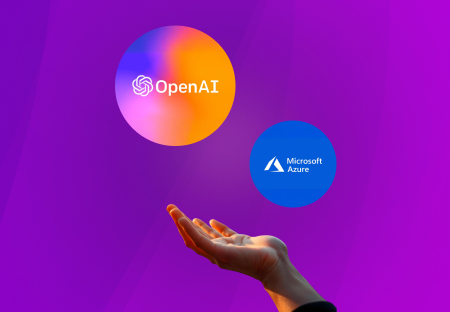In today’s fast-paced tech environment, businesses face critical architectural decisions when building applications. Two popular approaches are component-based architecture and microservices architecture. Each has unique advantages and challenges, but how do they stack up in the long run? This blog will explore both architectures across key aspects: cost, development complexity, and the role of cloud technology.
Component-Based Architecture
Definition
Component-based architecture organizes a system into reusable, self-contained components, each encapsulating specific functionalities. This design promotes modularity and reusability, making it easier to manage large applications.
Example
Consider a considerable enterprise resource planning (ERP) system, which might include components like:
- User Management
- Inventory Management
- Billing
These components can be developed, tested, and maintained independently, but they are typically deployed together as a single application.
Cost Aspects
In terms of long-term viability, component-based architecture generally offers lower operational costs. Since components are deployed as a single unit, this reduces infrastructure expenses. However, as the application grows, maintenance costs can increase due to interdependencies among components.
Development Complexity
Component-based architecture features moderate complexity, facilitating easier onboarding of new developers and simpler integration. This can lead to faster development cycles in the long run. However, managing dependencies between components can become a challenge as the application scales.
Role of Cloud
Cloud platforms can enhance component-based applications by providing scalable infrastructure and resource management. The adaptability of cloud services allows for efficient scaling without significant architectural changes, keeping costs in check and maintaining flexibility.
Microservices Architecture
Definition
Microservices architecture structures an application as a collection of small, loosely coupled, independently deployable services. This approach allows for rapid development and deployment, making it highly flexible.
Example
In an e-commerce platform, you might have services such as:
- User Service
- Product Service
- Order Service
- Shipping Service
Each service can be developed, deployed, and scaled independently, using different technologies as needed.
Cost Aspects
Due to its complexity, microservices architecture usually incurs higher initial development and operational costs. However, the long-term savings from targeted scaling and independent deployments can be substantial, especially for large-scale applications. Ultimately, the benefits of flexibility and scalability may outweigh the initial investments.
Development Complexity
While microservices provide immense flexibility, they introduce significant complexity. Each service must be independently developed, tested, deployed, and monitored. This requires a diverse skill set within the team and ongoing investment in training and tools. Over time, a well-structured microservices architecture can enhance maintainability and agility, especially for larger teams.
Role of Cloud
Microservices architecture aligns exceptionally well with cloud technology. Cloud platforms offer managed services, container orchestration (like Kubernetes), and scalable infrastructure that can enhance operational efficiency. This synergy allows businesses to adapt quickly to changing requirements and scale effectively.
Comparing Long-Term Viability
| Aspect | Component-Based Architecture | Microservices Architecture |
| Cost | Generally lower long-term operational costs; ideal for smaller applications but can face higher maintenance costs as complexity grows. | Higher initial and operational costs but offers potential savings through scalability; best suited for large applications. |
| Development Complexity | Moderate complexity promotes easier onboarding and faster development cycles but can become challenging as the application grows. | High complexity demands continuous investment in tools and training; a solid architecture can improve long-term maintainability and agility. |
| Role of Cloud | Cloud offers resource management and scalability without significant changes to the architecture; it is highly adaptable. | Excellent synergy with cloud services, enhancing flexibility and operational efficiency; supports independent scaling and deployment. |
Conclusion
When choosing between component-based architecture and microservices architecture, your organization’s specific needs, scale, and long-term goals should guide your decision.
- Component-based architecture is ideal for smaller applications or organizations that prioritize simplicity, cost-effectiveness, and ease of maintenance.
- Microservices Architecture is better suited for large-scale applications requiring flexibility, scalability, and resilience. Despite higher initial costs and complexity, the long-term benefits in agility and adaptability can be significant.
Ultimately, understanding the nuances of each architecture will guide your organization in making informed decisions that pave the way for future growth and success. Whether you opt for a component-based approach or microservices, each has its strengths, and the right choice will depend on your unique context.











